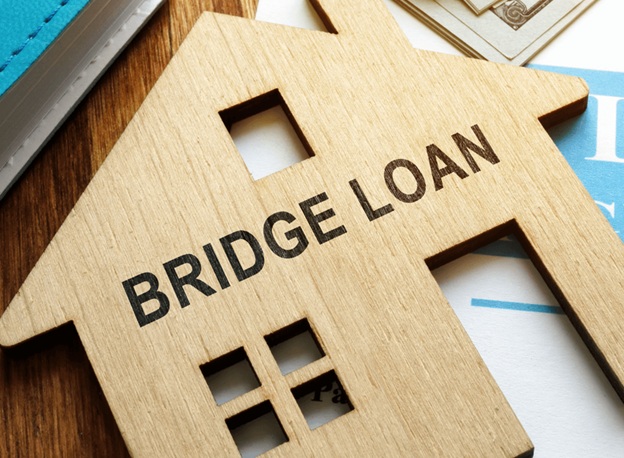
If you are planning a major purchase, chances are that you’re already on a lookout for a legal money lender and the right loan product. Among them is the bridge loan. With the right knowledge, it can be an effective financial tool, and that is why we’re going to discuss what it is, how it works, and what things to consider before getting one.
What Is a Bridge Loan?
It is a loan that is taken out to cover urgent cash flow opportunities until longer-term financing becomes available, or an asset sale occurs. For example, if a homebuyer intends to purchase a new property before selling his/her current one, they may acquire a bridge loan.
Bridge loans can vary in terms of size, length, and amount. On top of that, they’re secure loans and therefore has collateral, such as real estate or business assets. Lastly, they’re intended for a shorter term — typically no longer than one year. Given their short-term nature, bridge loans tend to be more expensive than long-term loans, with higher rates and fees.
How Do Bridge Loans Work?
Bridge loans has a term of a few years, and are repaid when the borrower receives a stable source of funding or sells an asset. Before approving one, lenders assess the borrower’s financial ability (the collateral used and the borrower’s repayment ability) when applying for a bridge loan. There are two main types of bridge loans: a closed bridge loan and an open bridge loan. A closed bridge loan is used when there is a repayment plan in advance, which can be the sale of property or payment coming later for the loan, and the terms and repayment date cannot be altered. On the other hand, an open bridge loan does not have a fixed repayment date, making it more flexible than closed loans, but it has a higher interest rate because the exact repayment terms are unknown. The interest rates and repayment schedules for types of collateral will depend on the lender, type of collateral, and creditworthiness of the borrower. Many bridge loans are structured as interest-only payments through the life of the loan, with the principal payable at the end of the term.
When Are Bridge Loans Useful?
One good example of bridge loans’ usefulness is real estate transactions. A bridge loan gives a homeowner the cash they need to buy the next new nest, even if their existing one isn’t on the market yet. This ensures that the buyer isn’t going to miss out on the home they want to buy while they’re waiting to sell. While in businesses, bridge loans allow them to get through a waiting period that covers immediate needs with working capital while they are waiting to receive profits or close a large deal.
In some cases, bridge loans can be used for debt consolidation, or in other cases, providing a company the ability to bring funds into their accounts quickly so they can take advantage of an investment opportunity and promising better-priced long-term lending vehicle in the future.
What To Consider Before Getting A Bridge Loan
While bridge loans land quick cash in your pockets, they also carry some risks. Be sure to weigh those potential costs and benefits carefully before you take one out. One important consideration, of course, is the relatively high interest rates attached to bridge loans. That is a potentially crushing cumulative loan price — or total cost of borrowed funds — as the rates are typically higher than their traditional partners. In addition to the interest, lenders usually also charge fees to originate and process the loan.
Also, consider the fact that bridge loans are secured loans, meaning the borrower must offer up valuable tangible assets such as real estate or equipment as collateral. In case of defaulting on the loan, these resources are the property of the lender. Finally, bridge loans are generally not designed for long-term financing.W while they can be a helpful tool for short-term needs, there are usually better options available for this particular purpose. They should be utilized only if the borrower has a solid repayment solution in mind, such as a steady income, expected windfall, or sale of assets.
Conclusion
Bridge loans help prevent people from dipping into their funds or assets to fill a temporary financial gap. They offer quick capital access and can help borrowers seize opportunities and keep continue while awaiting the necessary amount for repayment. At the same time, bridge loans are more expensive and have more aggressive repayment pressures attached, so they’re best suited for borrowers who have established repayment plans. So before getting a bridge loan, evaluate your financial condition and have a long, hard think on whether you can afford it or not.


